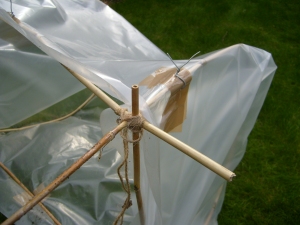I argued after the last election that AV+ would be a better way to elect our MPs. This is the system proposed by the Jenkins Commission to use AV on 80% of the seats and some form of PR in the remaining 20%. This would keep people having a local MP with the opportunity to have a single party majority but at the same time introduce a level of proportional representation.
There has been renewed talk since this election about our electoral system and whether we should have more PR. I have seen projections as to what the result would look like under various PR systems but not for AV+. Making a full prediction for AV+ is beyond my analytical ability but adding in 20% PR to the election result is relatively trivial[1] – let’s call it FPTP+. Once this is done you get:
CON 312
LAB 226
SNP 50
LD 17
UKIP 16
GRN 6
PC 3
So not that dissimilar to the actual result but would leave the Conservatives requiring extra support from other parties. Unlike a full PR system though it does leave them with more options, UKIP, Lib Dems or the DUP would all have enough seats to push the Tories into a majority.
Having seen how it may have affected this election I still like AV+ system. I think having more representation for the smaller parties is a good thing, how 16% of the electorate can end up with 2 seats is baffling. Having said that I also like how this system still produces a clear “winner” even if they do only get 37% of the vote.
Overall my hope is that if we had a more proportional electoral system we would see more cooperation and less bickering in politics. During the campaign I was often disgusted with the vitriolic language directed at Labour and Conservative friends have expressed the same on social media since. It amazes me in Europe that you can get grand coalitions, it seems like such a good idea to have a government that unites the main parties. Combining the centre left and centre right parties would also block out the nationalist elements on the left and right that we have seen rise this time around. What more could look like the “one nation” government building a “greater Britain” than David Cameron wants?
[1] Methodology: I did the PR regionally for England, Scotland and Wales. This all makes the massive assumption that people’s voting habits wouldn’t change to reflect the voting system which is highly unlikely, you would expect tactical voting to be less and fringe parties to get more votes under PR. A break down of the numbers is here:












